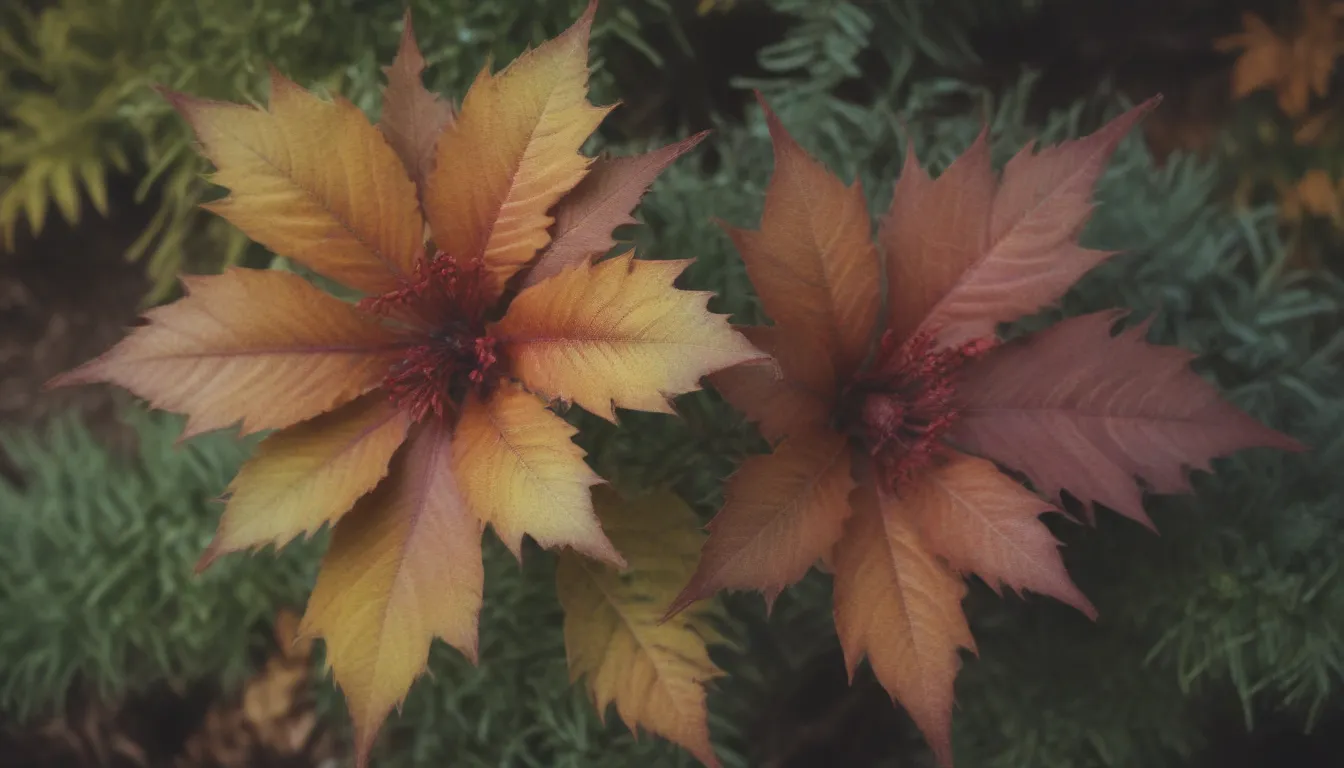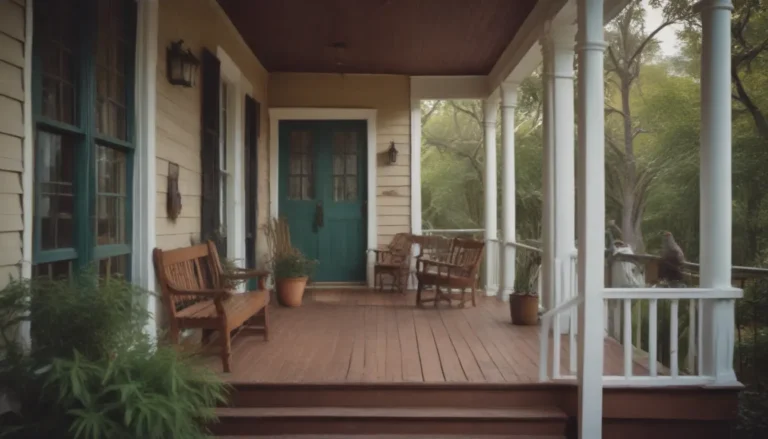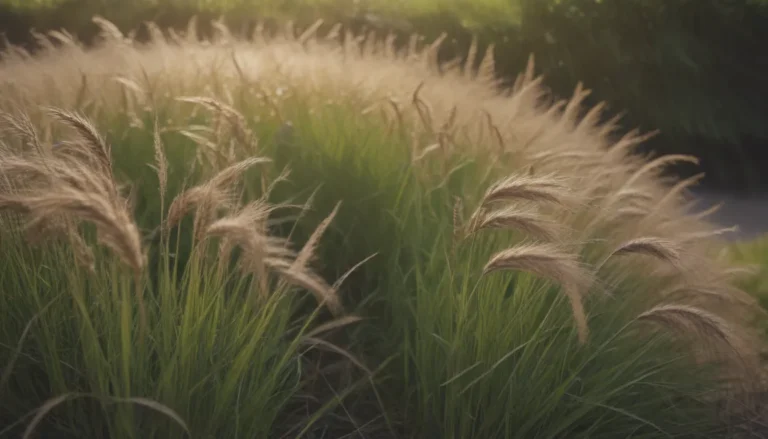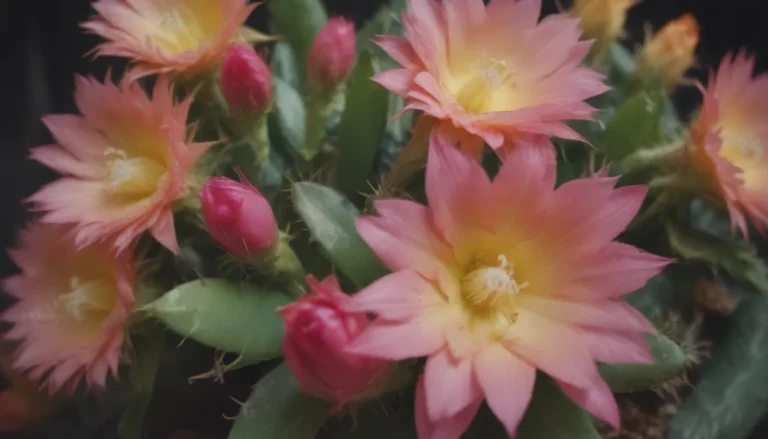Ultimate Guide to Growing and Caring for Autumn Joy Stonecrop

Are you looking to add a touch of pink and beauty to your garden? Autumn Joy stonecrop, also known as Hylotelephium telephium ‘Herbstfreude’ (‘Autumn Joy’), is a fantastic choice. This popular succulent-like plant is a hybrid of sedum and ice plant, creating a unique and striking addition to any garden. In this comprehensive guide, we’ll explore everything you need to know to successfully grow and care for Autumn Joy stonecrop.
What is Autumn Joy Stonecrop?
Autumn Joy stonecrop is a stunning upright plant that can reach up to 2 feet tall and wide. It features gray-green, rounded leaves and blooms with tiny, pink, star-shaped flowers in late summer to fall. The flowers gradually change color to a deep rose and then rust before the cold fall temperatures arrive. This plant has moderate growth rate and is best planted in the spring after the threat of frost has passed.
Main Care Requirements
Here are the main care requirements for growing Autumn Joy stonecrop:
- Light: Autumn Joy thrives in full sunlight, requiring at least six hours of direct light on most days. Shady conditions can result in leggy growth and reduce flower production.
- Soil: This plant prefers sandy or gravelly soil with good drainage. It can also tolerate well-drained loamy soil.
- Water: Autumn Joy has excellent drought tolerance and does not need frequent watering. Light watering every two weeks is sufficient, even in the heat of summer.
- Temperature and Humidity: This plant can withstand a wide range of temperatures, thriving in extreme heat. It goes dormant in winter after a few frosts. Humidity is not an issue as long as the soil does not retain excessive moisture.
- Fertilizer: Autumn Joy grows well in poor soils and does not require frequent feeding. A light spring feeding with balanced fertilizer may be beneficial for poor soil.
Types of Stonecrop
Autumn Joy stonecrop is just one variety of stonecrop. Here are some other closely related varieties you might consider adding to your garden:
- Hylotelephium ‘Autumn Charm’
- Hylotelephium spectabile ‘Autumn Fire’
- Sedum ‘Mr. Goodbud’
- Sedum spectabile ‘Hot Stuff’
- Sedum spectabile ‘Iceberg’
Pruning and Propagation
- Pruning: Tip pruning in the spring can promote better growth, but letting the plant thrive on its own will also result in copious blossoms. You can cut back stems in late spring to limit height and encourage fuller growth.
- Propagation: Autumn Joy stonecrop is easy to propagate through stem cuttings or even fallen leaves. You can also divide sedum plants in the spring.
Overwintering and Common Pests
- Overwintering: This plant is hardy to USDA zone 3 and does not need protection in harsh winters. It will die back and bounce back in the spring.
- Common Pests: Autumn Joy stonecrop is generally resistant to pests and diseases, but watch out for damage from aphids, slugs, and mealybugs. Neem oil can help control severe infestations.
How to Get Autumn Joy to Bloom
Autumn Joy stonecrop typically blooms from August to November with deep rosy pink flowers. Here are some tips to encourage more blooms:
- Ensure at least six hours of full sunlight daily.
- Plant in well-drained soil without excessive fertilizer.
- Deadhead dried flowers to promote more blooms.
In the winter, Autumn Joy maintains its form and turns a rust color, making it an attractive addition to any winter garden. This plant pairs well with other late summer bloomers like asters, goldenrods, boltonias, and Rudbeckias.
Remember, rabbits tend to avoid succulents like Autumn Joy, making it a great choice for gardens prone to rabbit damage.
Autumn Joy stonecrop is a beautiful and low-maintenance plant that can enhance any garden with its vibrant blooms and unique foliage. By following these care tips, you can enjoy this stunning plant in your own outdoor space. So go ahead and add a touch of Autumn Joy to your garden today!





